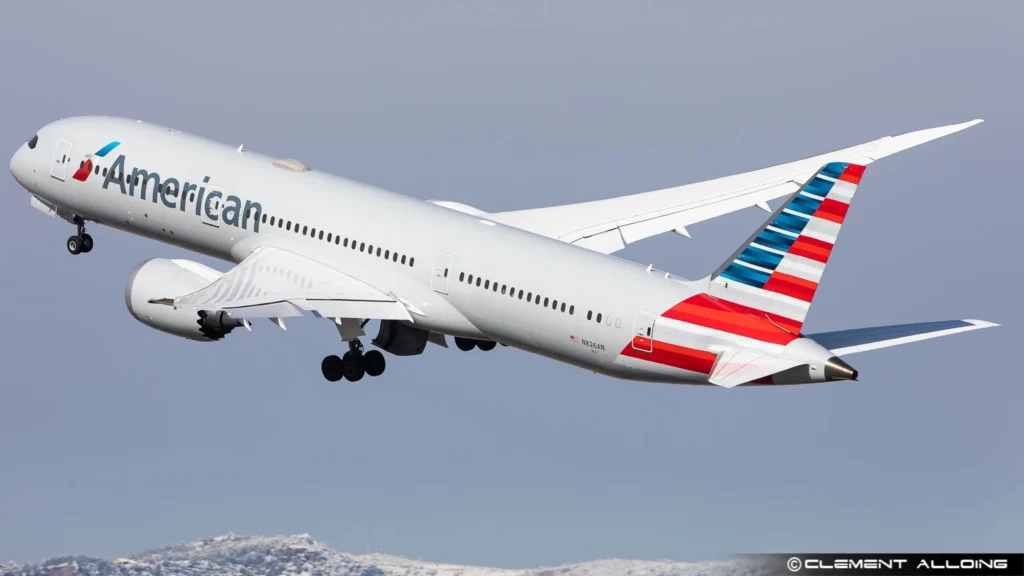Air France Flight to Chicago Forced to Return to Paris Due to Landing Clearance Issues

Paris – An Air France transatlantic flight bound for Chicago O’Hare International Airport (ORD) was forced to turn back to Paris-Charles de Gaulle (CDG) after nearly seven hours in the air due to operational issues, including reported denial of landing clearance.
Flight AF136: Mid-Atlantic U-Turn
Operated by an Airbus A350-900 (registration F-HUVR), Flight AF136 departed Paris (CDG) at 12:49 local time on June 28, 2025, following a standard northerly transatlantic route. The aircraft reached a cruising altitude of 38,000 feet and was approximately halfway across the Atlantic when the crew decided to return to Paris.
According to FlightRadar24 data, the reversal occurred around 16:30 CEST while the plane was between Iceland and Greenland. A passenger onboard informed AIRLIVE that the diversion was due to the flight not receiving landing authorization at Chicago O’Hare. Air France later confirmed the return was for “operational reasons” but did not elaborate further.
After 6 hours and 37 minutes in the air, the A350 landed safely back at CDG on Runway 27R. The airline provided overnight accommodations for passengers and rebooked them on a replacement flight, AF4080, which departed the following day (June 29) at 14:20 local time.
American Airlines Flight Diverts Due to Aircraft Certification Issue
In a separate incident, an American Airlines Boeing 787-9 operating Flight AA780 from Philadelphia (PHL) to Naples (NAP) was forced to divert to Rome (FCO) after discovering mid-flight that the aircraft type was not certified to land in Naples.
The flight, which departed Philadelphia on June 2, 2025, was originally scheduled to be operated by a Boeing 787-8 but was upgraded to a larger 787-9 (registration N837AN). Despite clear weather in Naples, the crew diverted to Rome upon learning that the airport lacked certification for the 787-9 variant.
Why Airport Certification Matters
While the 787-8 and 787-9 are similar in design, the 787-9 is 20 feet longer and has a higher maximum takeoff weight, which can affect runway requirements, taxiway space, and gate compatibility. Airports must certify each aircraft variant individually, and Naples had only approved the smaller 787-8.
Operational Recovery Efforts
After landing in Rome, American Airlines adjusted its operations to resolve the disruption:
- The diverted 787-9 was reassigned to a Rome-Chicago (ORD) flight.
- A separate 787-8 (registration N880BJ) was rerouted to complete the Naples leg.
- Due to crew duty time limits, the Naples-bound flight was delayed overnight, finally departing on June 4.
Conclusion
Both incidents highlight how operational and regulatory factors—such as landing clearance and aircraft certification—can lead to significant mid-flight diversions. While Air France has not specified the exact reason for AF136’s return, the American Airlines case underscores the importance of ensuring aircraft compatibility with destination airports.